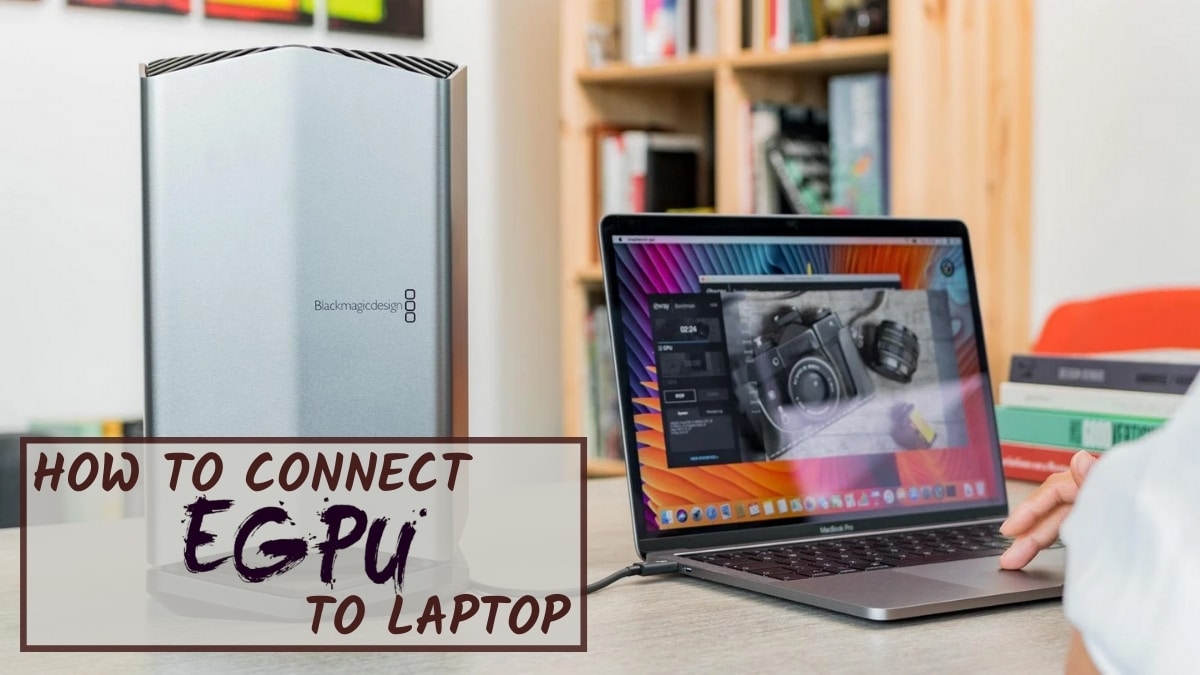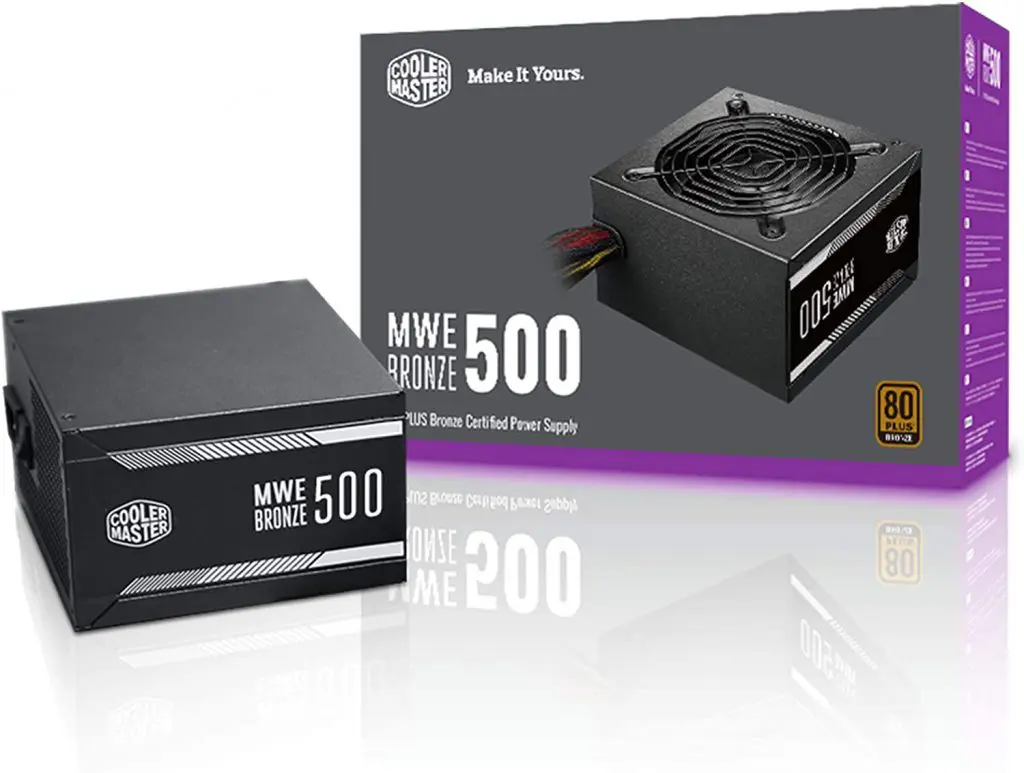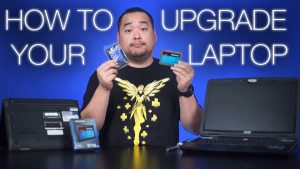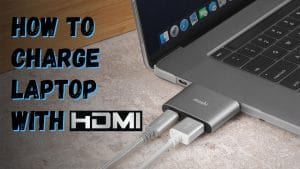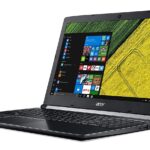Experimenting with your system is a really good idea if you want to boost performance. Without question, now you can find some really high-quality laptops out there but the outputs of any home-based or office setup are better. Have you ever thought about why? Well, computers are naturally more powerful than laptops because they’re used for gaming or at work where they need to use them every day. But it doesn’t hurt that you can also connect an external GPU to a laptop so don’t limit yourself in this decision!
Connecting an external GPU can make all the difference when it comes to playing games or getting work done. You’ll see the change right away!
You might not know it yet, but laptop users can be made a lot easier than you think. All it takes is a few changes in your settings for things to be practical and innovative!
Table of Contents
External Graphics Processing Unit
Using an external GPU for your upgradeable gaming laptop is something that a lot of people are talking about. It does make sense if you want to speed up your laptop’s performance, and it’ll feel so much smoother when playing games too!
When you plug your laptop into the external GPU dock, it automatically adjusts your computer settings so that its power output can match that of a desktop.
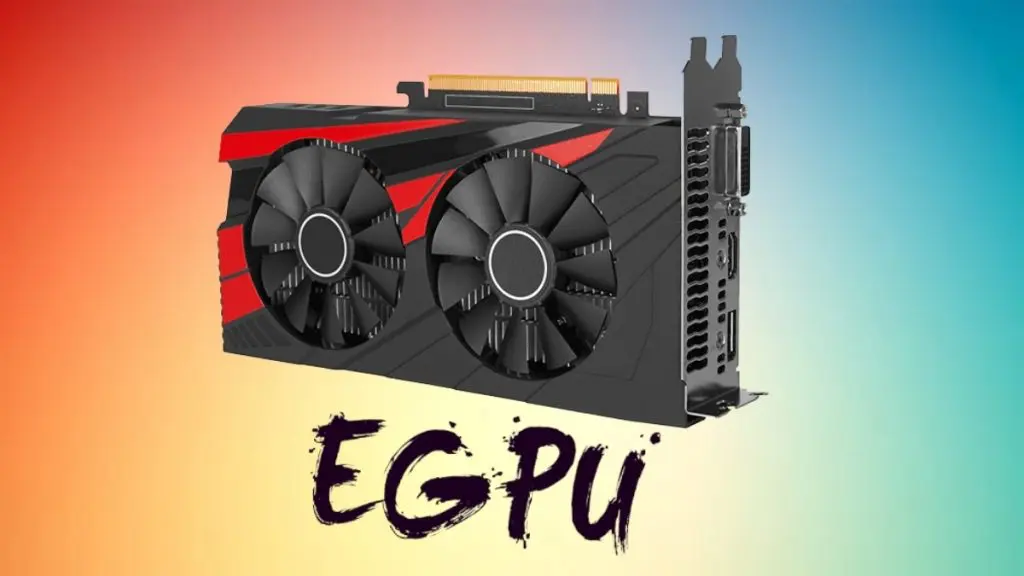
An external GPU often comes with a PCIe port that connects to the computer via Thunderbolt or USB Type-C. As long as you stick to your computer’s compatibility requirements, it won’t cause any problems.
However, if you want a seamless experience you’ll need to make sure that the specs of your laptop allow for an external graphics card (eGPU). To find out if your computer has this functionality, just check if it fits the requirements needed and also see if there are any limitations when connecting one.
Things you Need to know while connecting External GPU to Laptop
It is very important to select the right GPU for upgrading your laptop. Be sure to use a compatible power supply unit and make sure that there are no issues with computer compatibility before you upgrade; otherwise, you may damage both devices. Consider these factors when selecting the best components.
PSU Max Power
A power supply unit (PSU) is needed to provide power to the various components of a computer. A good PSU is key in providing continuous and stable voltages while also minimizing noise levels; having enough wattage (watts) of headroom ensures that it can operate without burning up or shutting down when faced with sudden spikes in electrical demand. This makes them essential for high-end gaming and anything else that requires a lot of processing power.
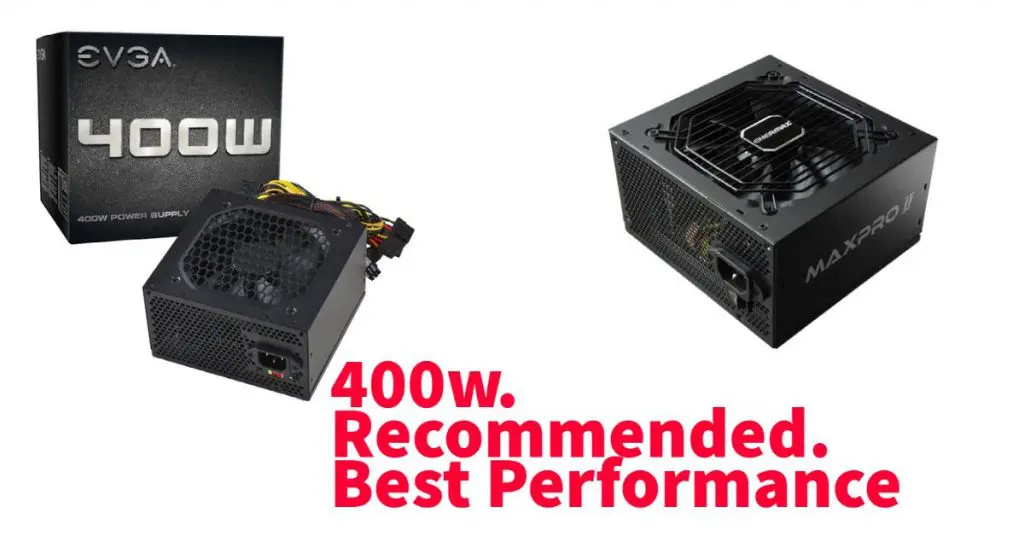
PSU Cooling
Just like your computer’s internal graphics card needs cooling, so does an external graphics card. If you put it out without giving it attention then don’t expect it to work well. This powerful machine is made for working continuously which means that there needs to be proper ventilation in place. You can either go with an internal or external fan depending on what type of device you’re using but both will take up some space and will require a bit of maintenance from time to time.
Compatibility with Laptop Connection
Compatibility with the laptop is essential for an external graphics processing unit or you may not even need it at all. Keep your laptop’s specs in mind when choosing what eGPU will work best for you. Be careful about picking one randomly and connecting it to your computer; make sure they are compatible because it could cause injury if they’re not synced together properly.
If you want the most out of your laptop, choose an eGPU (external graphics card) that matches perfectly with it. This way, not only do you get longer battery life but also see a drastic increase in performance.
Attention: Make sure your laptop is eGPU compatible with the connection to your laptop. It’s very important and can help ensure you get the best graphics for your laptop.
Compatibility with Graphics Card
Choosing the right graphics card is important when connecting a laptop to an external GPU dock. Depending on what type of GPU dock you purchase, it may come with an installed video card. If it doesn’t, however, you’ll need to make sure your laptop will work with whatever card you choose.
When choosing a gaming machine, take note of what games you want to play in the near future. This way, there won’t be any point in buying an eGPU if it doesn’t work for your needs now or in the future. The specs on this device are important, but so is getting one that will suit your specifications for playing games well or that can handle some upgrades later down the line.
Size
Picking the right size of an external GPU is key to improving your gaming experience; if you want great efficiency without compromised graphics, choose one that fits your needs. Connectivity – whether it be wired or wireless – will also play a huge role in incompatibility and size. Weight also matters because then it would just end up being an unnecessary accessory that could have been avoided had it not been so heavy.
Each eGPU unit offers individualized builds that give users a wide variety of features to choose from. However, if one is having trouble determining what may be causing the issue, it could very well be due to the selected component.
Method of – How to Connect External GPU to Laptop
If you’ve followed my instructions from earlier, now it’s time to talk about how an eGPU could solve your issues. If anything seems off or confusing though, don’t hesitate to contact the makers of the dock – they may be able to provide some useful insight into how best to go about using one!
General Ingredients that help in Laptop to eGPU Connection
- Power supply
- Video graphics card
- External GPU, laptop, display monitor
- Thunderbolt 3 connection and cord
If you want to use an external graphics card with your laptop, make sure it has the right connectors.
Now all you need to do is connect the cable of your external GPU to the laptop’s mini PCI-E slot, but make sure that you remove the Wi-Fi LAN card first. This will prevent interference with any other cables or sockets on the laptop - some designs may have this placed at different points, but most will either be on the front or back edge of the device.
